John Halstead & Phil Thomson at Works in Progress:
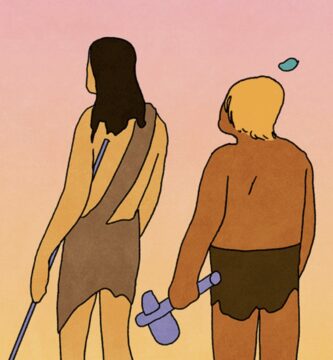 Hunter gatherers were not non-violent noble savages by any stretch of the imagination. They were relatively violent when compared with modern standards and even when compared with rates of violence experienced by other primates and mammals in general. However, we think this is primarily because human conflict is so lethal, not because it happens so often. On the contrary, hunter gatherers typically exhibit non-violent norms, with amoral and atypical sociopaths accounting for a disproportionate share of violence, just as in our own societies today.
Hunter gatherers were not non-violent noble savages by any stretch of the imagination. They were relatively violent when compared with modern standards and even when compared with rates of violence experienced by other primates and mammals in general. However, we think this is primarily because human conflict is so lethal, not because it happens so often. On the contrary, hunter gatherers typically exhibit non-violent norms, with amoral and atypical sociopaths accounting for a disproportionate share of violence, just as in our own societies today.
Understanding this matters. Our extraordinary capacity to inflict lethal violence on each other is normally held in restraint by the natural aversion most people have to violence. If we fail to cooperate, we are vulnerable to falling into vicious cycles of violence that don’t benefit anyone. But we should be more optimistic about our capacity for peacemaking. Despite living in states of political anarchy, hunter gatherers were normally able to cooperate and exist peacefully together.
More here.
Enjoying the content on 3QD? Help keep us going by donating now.

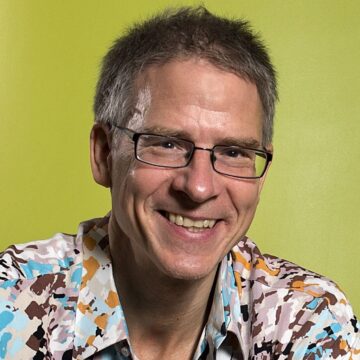 Consciousness is easier to possess than to define. One thing we can do is to look into the brain and see what lights up when conscious awareness is taking place. A complete understanding of this would be known as the “neural correlates of consciousness.” Once we have that, we could hopefully make progress on developing a theoretical picture of what consciousness is and why it happens. Today’s guest, Christof Koch, is a leader in the search for neural correlates and an advocate of a particular approach to consciousness,
Consciousness is easier to possess than to define. One thing we can do is to look into the brain and see what lights up when conscious awareness is taking place. A complete understanding of this would be known as the “neural correlates of consciousness.” Once we have that, we could hopefully make progress on developing a theoretical picture of what consciousness is and why it happens. Today’s guest, Christof Koch, is a leader in the search for neural correlates and an advocate of a particular approach to consciousness,  The debate over abundance liberalism unleashed by
The debate over abundance liberalism unleashed by 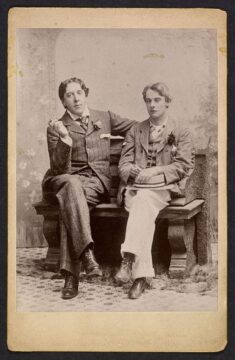 The Oscar Wilde Temple first opened in 2017, in the basement of the Church of the Village in Greenwich, New York. Wilde is glorified on a plinth: a creamy statue dressed as a dandy, his prison number from his time served in Reading Gaol, C.3.3, on a sign below him. Directly behind Wilde is a large neo-Gothic stained glass window of Jesus, drawing an association of martyrdom between the two men. On the walls there are also pictures of LGBTQ figures who were similarly persecuted: Alan Turing, Harvey Milk, Marsha P Johnson. The artwork was created by David McDermott and Peter McGough.
The Oscar Wilde Temple first opened in 2017, in the basement of the Church of the Village in Greenwich, New York. Wilde is glorified on a plinth: a creamy statue dressed as a dandy, his prison number from his time served in Reading Gaol, C.3.3, on a sign below him. Directly behind Wilde is a large neo-Gothic stained glass window of Jesus, drawing an association of martyrdom between the two men. On the walls there are also pictures of LGBTQ figures who were similarly persecuted: Alan Turing, Harvey Milk, Marsha P Johnson. The artwork was created by David McDermott and Peter McGough. The enduring popularity of intermittent fasting has been fed by celebrity endorsements, news coverage and a growing number of books, including several written by researchers in the field. More than 100 clinical trials in the past decade suggest that it is an effective strategy for weight loss. And weight loss generally comes with related health improvements, including a reduced risk of heart disease and diabetes. What is less clear is whether there are distinct benefits that come from limiting food intake to particular windows of time. Does it protect against neurodegenerative diseases such as Alzheimer’s disease, enhance cognitive function, suppress tumours and even
The enduring popularity of intermittent fasting has been fed by celebrity endorsements, news coverage and a growing number of books, including several written by researchers in the field. More than 100 clinical trials in the past decade suggest that it is an effective strategy for weight loss. And weight loss generally comes with related health improvements, including a reduced risk of heart disease and diabetes. What is less clear is whether there are distinct benefits that come from limiting food intake to particular windows of time. Does it protect against neurodegenerative diseases such as Alzheimer’s disease, enhance cognitive function, suppress tumours and even  I
I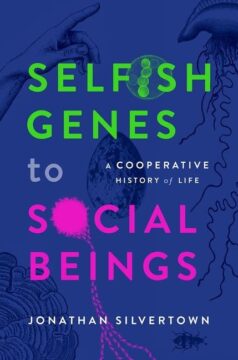 Evolution is often characterised rather one-sidedly in terms of a struggle for existence, “red in tooth and claw”, and
Evolution is often characterised rather one-sidedly in terms of a struggle for existence, “red in tooth and claw”, and 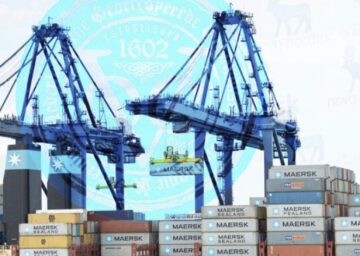 Market economies, in which the key productive inputs such as land, labor, and capital are bought and sold, display a notable long-run tendency toward business concentration, high inequality, political capture, domination of the laboring classes, and ultimate economic sclerosis. Auspicious beginnings in economic and political freedom and relative equality seem ineluctably, despite periods of reprieve, to end in oligarchy, authoritarianism, and decline.
Market economies, in which the key productive inputs such as land, labor, and capital are bought and sold, display a notable long-run tendency toward business concentration, high inequality, political capture, domination of the laboring classes, and ultimate economic sclerosis. Auspicious beginnings in economic and political freedom and relative equality seem ineluctably, despite periods of reprieve, to end in oligarchy, authoritarianism, and decline. The origins of Gregorian chant are enigmatic. It appears to have its roots in fourth-century Jerusalem. The link with Pope Gregory the Great (590-604) is the byproduct of early spin, based on what is probably an erroneous assumption that he composed and collected early chant.
The origins of Gregorian chant are enigmatic. It appears to have its roots in fourth-century Jerusalem. The link with Pope Gregory the Great (590-604) is the byproduct of early spin, based on what is probably an erroneous assumption that he composed and collected early chant. George Clooney has been sneaking outside to smoke. Not like his friend Barack Obama used to, when he was running for president and his wife, Michelle, was after him to quit. Clooney doesn’t even like smoking.
George Clooney has been sneaking outside to smoke. Not like his friend Barack Obama used to, when he was running for president and his wife, Michelle, was after him to quit. Clooney doesn’t even like smoking. In today’s fast-paced world, many of us rush to deliver our messages without taking the time to tailor or test them. At work, we rely on boilerplate presentations, or “
In today’s fast-paced world, many of us rush to deliver our messages without taking the time to tailor or test them. At work, we rely on boilerplate presentations, or “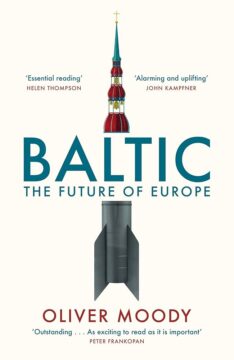 Are the Baltic Sea states, as former Estonian president Lennart Meri once put it, the factory of Europe’s future? Oliver Moody’s brilliantly written, convincingly argued and compelling book makes a good argument that it is in the plucky, resilient and often overlooked littoral states of the Baltic that the spirit of Europe burns strongest.
Are the Baltic Sea states, as former Estonian president Lennart Meri once put it, the factory of Europe’s future? Oliver Moody’s brilliantly written, convincingly argued and compelling book makes a good argument that it is in the plucky, resilient and often overlooked littoral states of the Baltic that the spirit of Europe burns strongest. In 2021, Mark McGowan, who was then the premier of Western Australia, made a
In 2021, Mark McGowan, who was then the premier of Western Australia, made a 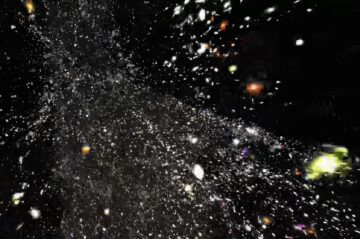 Last spring, a team of nearly 1,000 cosmologists announced that dark energy — the enigmatic agent propelling the universe to swell in size at an ever-increasing rate —
Last spring, a team of nearly 1,000 cosmologists announced that dark energy — the enigmatic agent propelling the universe to swell in size at an ever-increasing rate —